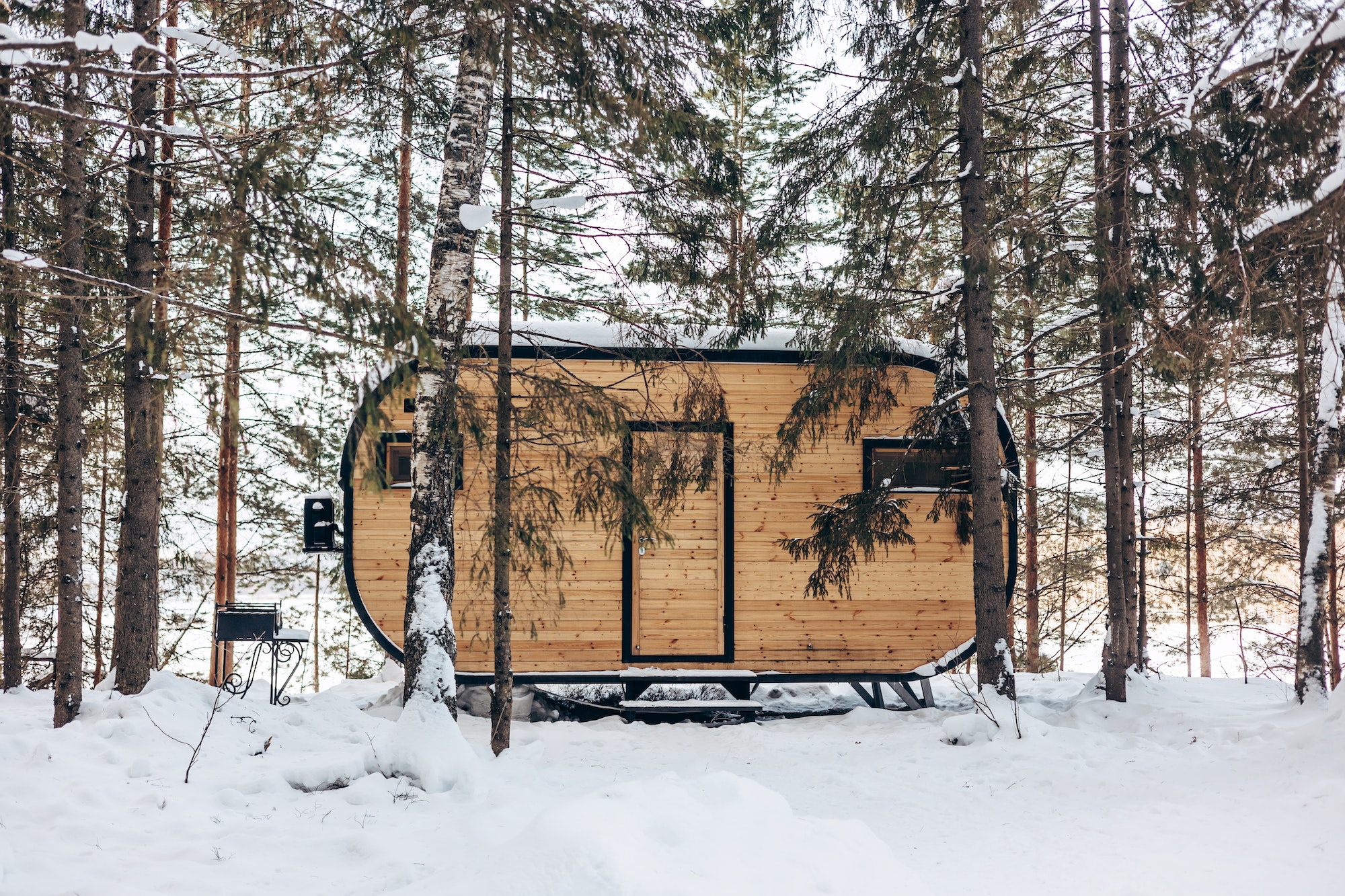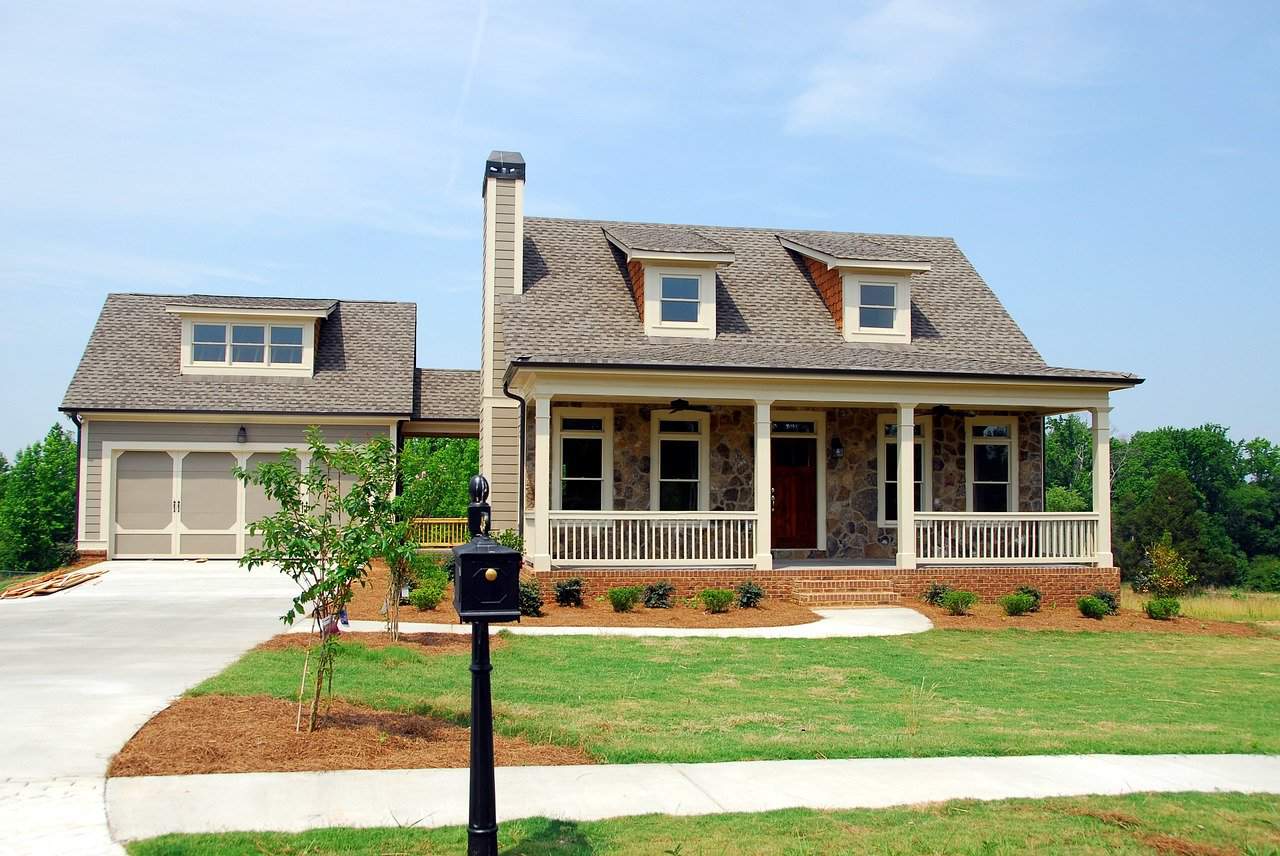Apart from minimalist living, the unmatched ability to move your home around is one of the key benefits of tiny house living. Flexibility and ease of mobility make tiny houses a perfect choice for individuals who don’t want to remain stuck in the same place for years. Nomadic lifestyle aside, the need to move your tiny home may be occasioned by other reasons, such as harsh weather conditions or unfavorable surrounding environment.
Consider moving your tiny home if your current residence is insecure or infested by pests and insects. While you can improve the security situation and control pests (Visit this site to learn more), you have no control over harsh weather. Below are a few tips to help tiny homeowners relocate with ease.
1. Prepare Your Tiny Home for Towing
If you are a nomadic lifestyle enthusiast, you should choose a portable tiny home design. The mobility of tiny homes primarily depends on their build. The house should have a 60:40 weight distribution design to make maneuvering easy. Unfortunately, some tiny home models, such as triple-axle trailers, aren’t suitable for road-tripping. Parking options are also limited for large and heavy tiny homes.
With the right design, you should pack everything in preparation for the move. You should secure and pack all items that can’t fit into your personal vehicle. For instance, large household appliances should be strapped tightly, and cabinet doors secured with reliable locks. You should also secure electrical hookups, water, sewage drains, and anything that can drag beneath the chassis. Remember to fix a number plate and tail lights to the trailer for safety and legal reasons.
2. Choosing a Towing Option
You can tow your tiny home DIY or hire a heavy-duty truck. Most tiny homes are built on trailers to ease transport. However, there are towing limits for tiny homes. For instance, you need special permits to tow tiny homes more than 8.5 feet wide. Towing tiny homes more than 40 feet wide and 13.5 feet tall also requires special permits. Fortunately, most tiny home builders design and construct homes with these measurements in mind. On the other hand, consider hiring a heavy-duty truck if your tiny home is comparably bigger and heavier.
3. Check the Weather Conditions
Weather is another important consideration for anyone preparing to tow their tiny home. Some weather conditions, such as strong winds, can interfere with the move. Towing your tiny home amidst strong winds is dangerous, as it affects its stability. With a narrow profile and considerable height, strong winds can easily topple over your tiny home. Heavy rains also make it difficult to tow the weight of your tiny home.
4. Budget for the Move
Like any other trip, you should have a budget for moving your tiny home. Your budget should include general expenses, like gas, insurance, meals, accommodation, and maintenance costs. You should also set aside extra money for unexpected expenses arising during the trip.
Endnote
Whether you are moving across town or interstate, towing your tiny home is a tasking experience. Ensure that you research extensively before moving. You should also inquire about the legal requirements for moving into a tiny home. If this sounds challenging, consider hiring a professional moving company.
Discover more from Futurist Architecture
Subscribe to get the latest posts sent to your email.




